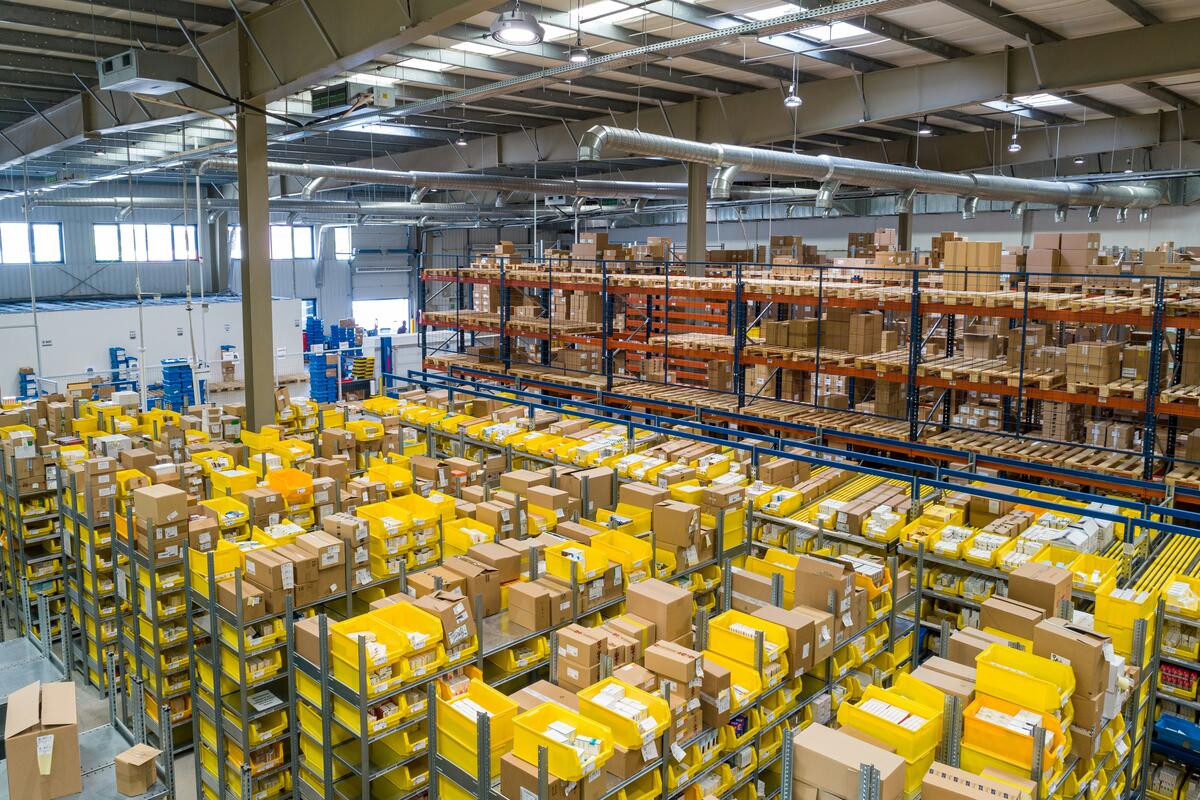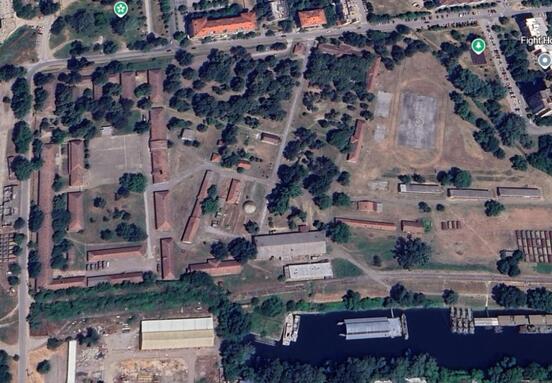1. Smart space planning
A warehouse is not just a storage unit, but a dynamic system. Using racking systems tailored to the type of goods, clear signage, and proper space zoning can boost efficiency by up to 30%. Investing in ergonomic and flexible equipment enables faster goods handling and reduces errors.
2. Digitalization and real-time tracking
Warehouse Management Systems (WMS) and Transportation Management Systems (TMS) are becoming standard tools. They provide real-time tracking of goods, automated inventory management, and optimized delivery routes. This helps companies reduce costs and improve customer service.
3. Process automation
Implementing automated storage systems, packing robots, and smart conveyor belts ensures long-term savings. While the initial investment may be high, reduced operating costs and improved accuracy make this technology increasingly worthwhile.
4. Sustainability in logistics
Efficient logistics today also means sustainable logistics. The use of electric vehicles for in-warehouse transport, energy-efficient lighting, and reduced packaging waste are becoming key factors for companies that want to remain competitive and environmentally responsible.
5. Focus on employees
Even the best technology cannot replace a motivated workforce. Employee training, safe working conditions, and clear procedures directly impact productivity. Ergonomic solutions – such as anti-fatigue flooring or equipment for easier lifting – protect workers’ health and reduce absenteeism.
Logistics is not a cost – it’s an investment in the future of your business. The combination of smart planning, digitalization, automation, and employee care is what separates an average company from a top-performing one.







